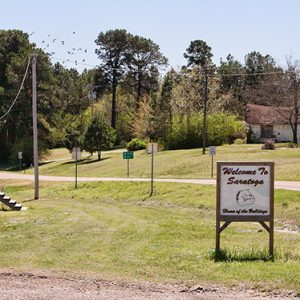 Saratoga
Saratoga
Entry Type: Place - Starting with S
 Saratoga
Saratoga
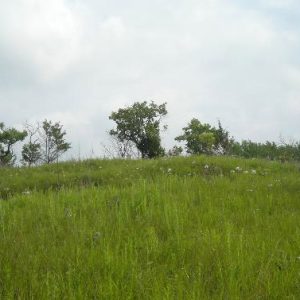 Saratoga Blackland Prairie Natural Area
Saratoga Blackland Prairie Natural Area
Sardis (Saline County)
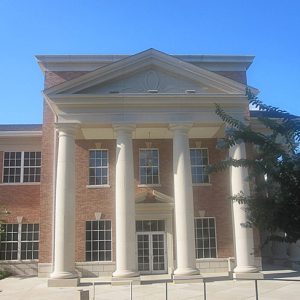 SAU Student Center
SAU Student Center
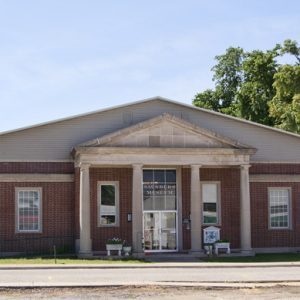 Saunders Museum
Saunders Museum
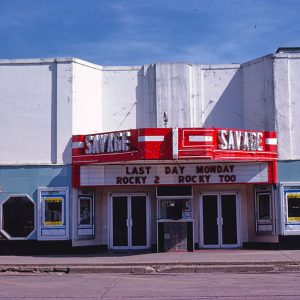 Savage Theater
Savage Theater
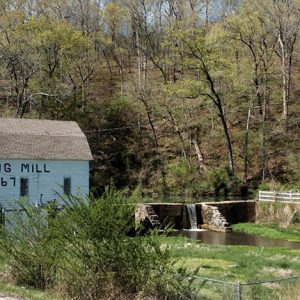 Spring Mill
Spring Mill
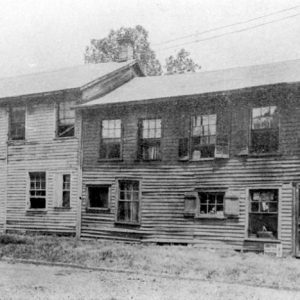 School for the Deaf
School for the Deaf
Scott (Pulaski and Lonoke Counties)
Scott County
 Scott County Courthouse
Scott County Courthouse
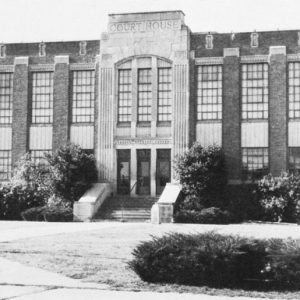 Scott County Courthouse
Scott County Courthouse
 Scott County Jail
Scott County Jail
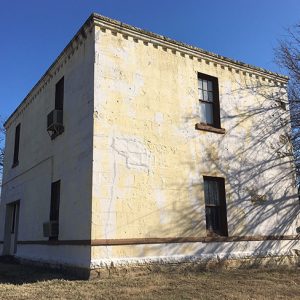 Scott County Jail
Scott County Jail
 Scott Depot
Scott Depot
Scott Plantation Settlement
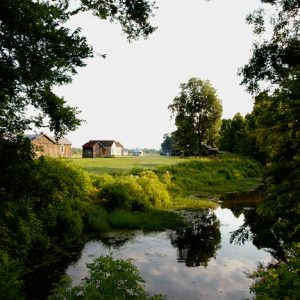 Scott Plantation Settlement
Scott Plantation Settlement
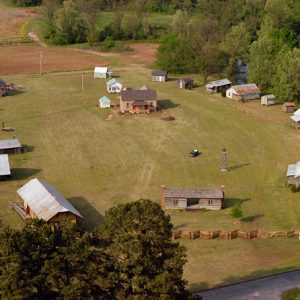 Scott Plantation Settlement Aerial View
Scott Plantation Settlement Aerial View
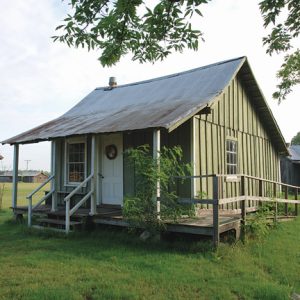 Scott Plantation Settlement Building
Scott Plantation Settlement Building
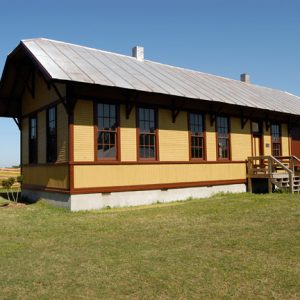 Scott Train Station
Scott Train Station
Scranton (Logan County)
 St. Ignatius Church
St. Ignatius Church
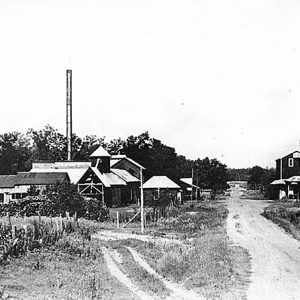 Scranton Cotton Gin
Scranton Cotton Gin
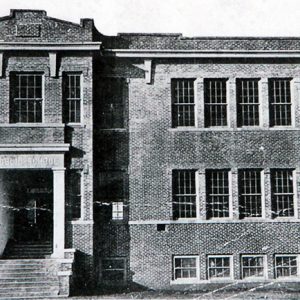 Scranton High School
Scranton High School
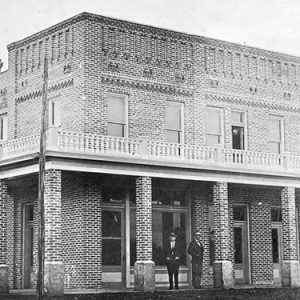 Scranton Hotel
Scranton Hotel
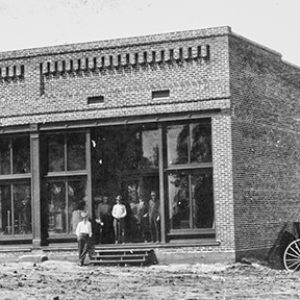 Smith & Cox Hardware
Smith & Cox Hardware
 Screening for Artifacts
Screening for Artifacts
Searcy (White County)
Searcy County
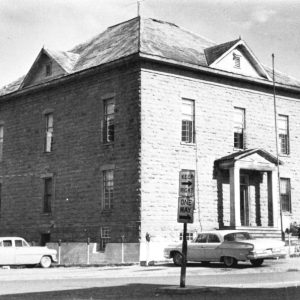 Searcy County Courthouse
Searcy County Courthouse
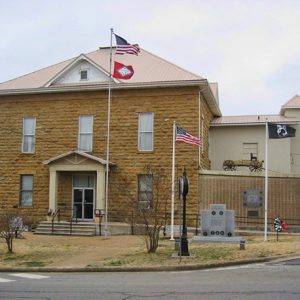 Searcy County Courthouse
Searcy County Courthouse
 Searcy Garage and Cafe
Searcy Garage and Cafe
 Searcy Street Scene
Searcy Street Scene
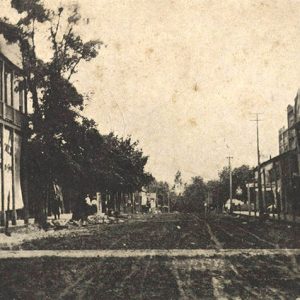 Searcy Street Scene
Searcy Street Scene
 Searles Prairie Natural Area
Searles Prairie Natural Area
 Searles Prairie Natural Area
Searles Prairie Natural Area
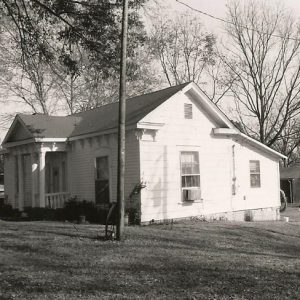 Sears House
Sears House
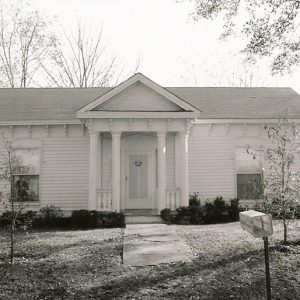 Sears House
Sears House
Sebastian County
 Sebastian County Courthouse, Fort Smith
Sebastian County Courthouse, Fort Smith
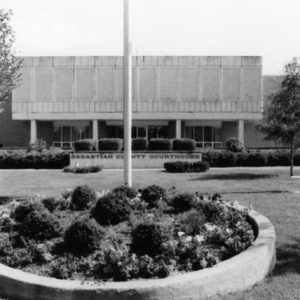 Sebastian County Courthouse, Greenwood
Sebastian County Courthouse, Greenwood
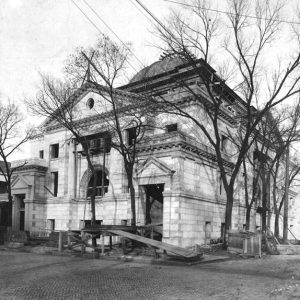 Second Baptist Church
Second Baptist Church
 Second District Agricultural School Main Building
Second District Agricultural School Main Building
 Security Bank
Security Bank
Sedgwick (Lawrence County)
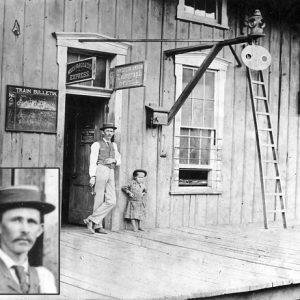 Segregated Waiting Room
Segregated Waiting Room
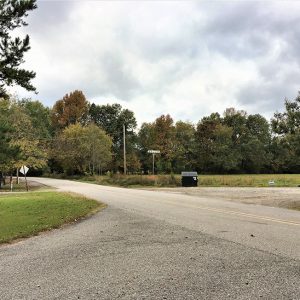 Sensation
Sensation
Sensation (Scott County)
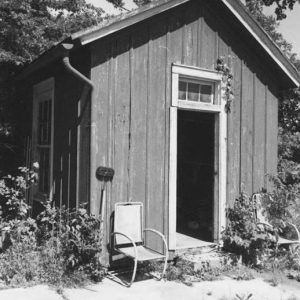 Servants' Quarters
Servants' Quarters
 Seven Devils Swamp Natural Area
Seven Devils Swamp Natural Area




